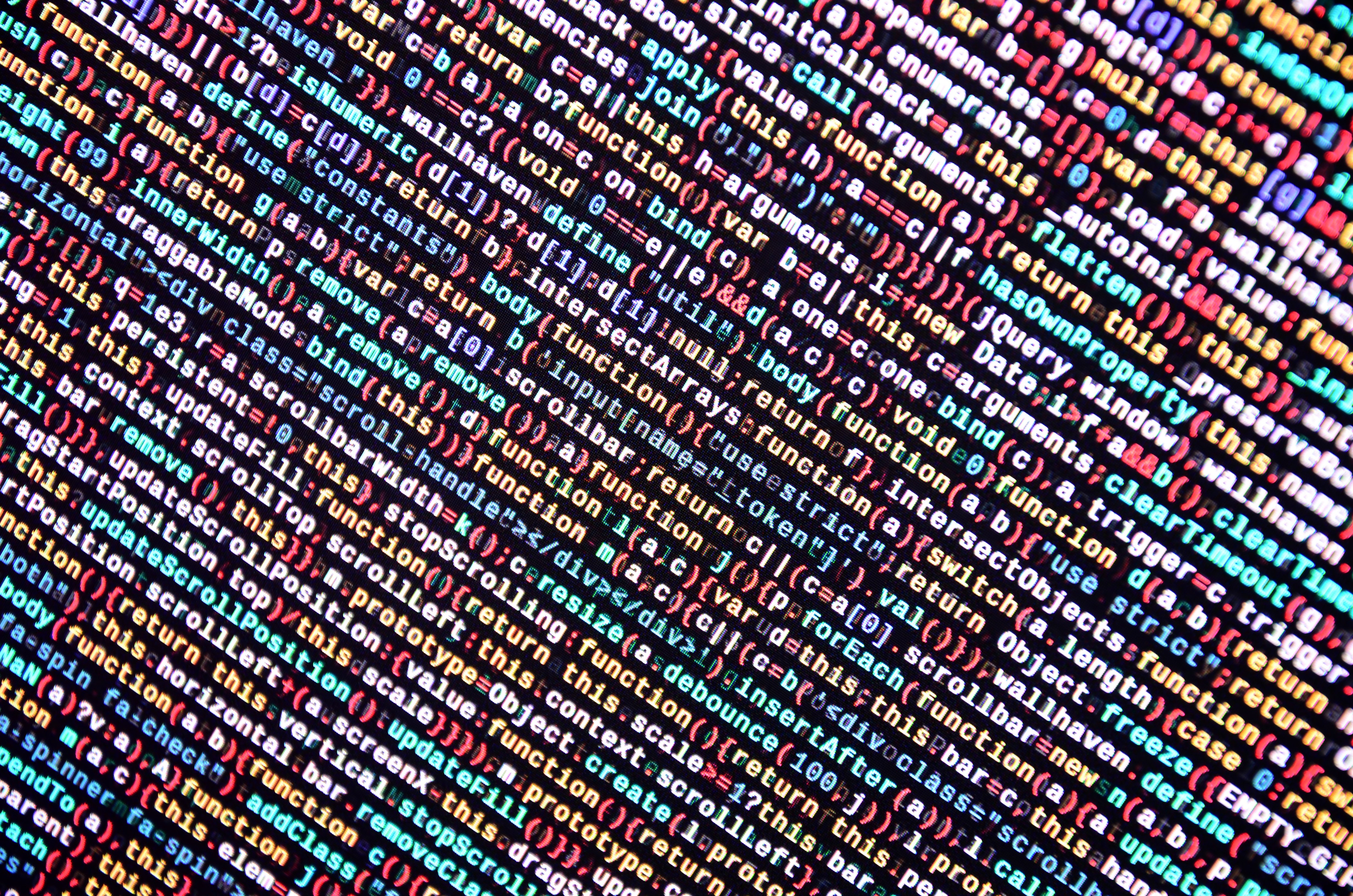As the landscape of technology rapidly changes, terms like "Edge" and "IoT" are frequently used but often misunderstood. While both concepts are related to connectivity and data processing, they represent distinct aspects of the digital ecosystem. We explore the differences between Edge and IoT and shed light on their unique functionalities.
The Internet of Things (IoT) refers to the network of interconnected devices that communicate with each other, exchange data, and perform various tasks. IoT devices can range from everyday objects like smart home appliances to complex industrial machinery. What sets IoT apart is its emphasis on connectivity, enabling devices to share information and interact seamlessly.
IoT devices can be connected through various means, including Wi-Fi, cellular networks, or even wired connections. The primary goal of IoT is to establish a network where devices can communicate, collect data, and enable automation and intelligent decision-making. However, being part of the IoT network does not necessarily imply being at the "edge."
Edge computing, on the other hand, focuses on the location of data processing and computation. Traditionally, data generated by devices would be sent to centralized data centers or the cloud for analysis and decision-making. Edge computing challenges this paradigm by bringing the processing power closer to the data source.
The "edge" in edge computing refers to the physical proximity of the computing infrastructure to the devices generating the data. Instead of relying solely on cloud-based processing, edge computing involves performing computations directly on the device or at a nearby edge server. This approach offers several advantages, including reduced latency, enhanced security, and more efficient bandwidth usage.
To summarize the distinction between Edge and IoT, IoT primarily focuses on the connectivity and network of devices. It encompasses the communication protocols, data sharing, and integration of various devices within a network. In contrast, edge computing is concerned with the location of computation and decision-making, emphasizing the placement of processing power closer to the data source.
IoT devices can be part of the edge computing infrastructure, but not all IoT devices are necessarily at the edge. IoT devices can connect to the cloud or data centers for processing, whereas edge devices perform computations locally. The edge allows for faster analysis, real-time decision-making, and reduced reliance on external resources.
Understanding the difference between Edge and IoT is essential in navigating the ever-expanding world of technology. While IoT focuses on device connectivity and network integration, edge computing brings computation closer to the data source. By harnessing the power of both Edge and IoT, organizations can optimize data processing, enable faster response times, and unlock new possibilities in various domains, including smart cities, healthcare, and industrial automation. As technology continues to advance, the synergy between Edge and IoT will play a crucial role in shaping the future of our interconnected world.


